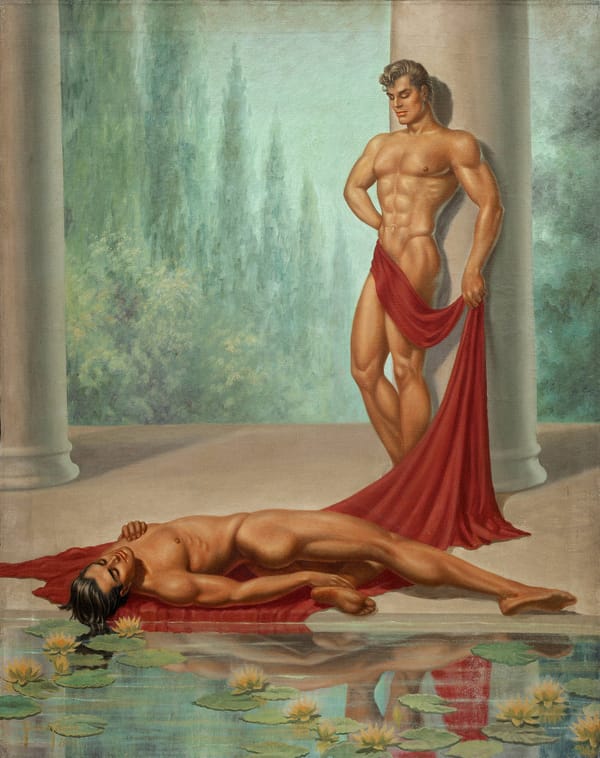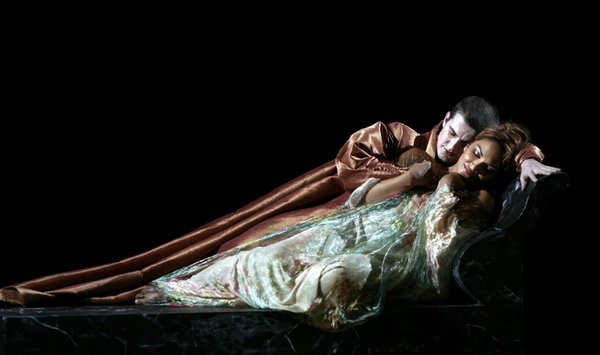diane arbus: in the beginning

In the 1950s, Diane Arbus quit her successful marketing and fashion photography business and took to the streets of New York in search of her subjects. Her subjects were no longer like the supposedly ‘beautiful’ models appearing in popular magazine covers. She was interested in the outcasts of society. She wanted to explore the obscure, the taboo, the forbidden. Her relatively short photography career gave us one of the most profound images of the last century: the identical twins, the Mexican dwarf, the man in curlers. Hayward Gallery, which exhibited Arbus’s works previously in 1977, is bringing Arbus back to London. However, this time, we see Arbus in her formative years- how she developed her artistic sensibility and perspective towards the world around her. As curator Jeff Rosenheim points out, almost eighty of the photos on display have never been shown to the UK public before.
The first thing the visitors will notice is the staggered organization of the exhibition with no beginning and no end. The exhibition is categorized into roughly three parts, with one of the rooms showcasing Arbus’ ‘Box of Ten,’ the only portfolio she ever published. Visitors are invited to make their path through her visual cityscape. The exhibition features over a hundred photographs, which Arbus made in the first seven years of her career (1956-62). All of the photographs here were hand printed by Arbus during various stages of her life. The photographs are displayed on separate panels standing like skyscrapers on the floor, an arrangement that is rare to find in a photography exhibition. However, it works perfectly for Arbus’ works. Each panel provides a singular view with two photographs on opposites sides of each panel. The images stand independently, depicting a story complete in itself. The seemingly disorganized photographs represent Arbus’ unstructured method of working: she would be framing circus acts on one day, the next day she would be on the vibrant Coney Island (New York) in search of her subjects.
Arbus began her career with the 35mm format. The early pictures are blurry and highly grained. There is a sense of voyeurism in her early works such as the photograph of a woman taking a shower. With time, Arbus began coming closer to her subjects until the relationship developed into a direct confrontation. What fascinates me the most is the ‘transitional moment’ in her photographs if I could call it so. It is a moment of exquisite beauty and honesty. It is the interim moment of awareness by the subject of being photographed and the subject’s reaction to the camera. It is one of the holy grails of photography, and very few photographers have managed to capture it in their images. It has nothing to do with a photographer’s expertise, but rather, it is the photographer’s presence that elicits it. Not only is Arbus seeking her subjects but also the subjects finding her.
The early works of Arbus carry all the elements of her later, better-known photographs. Scenes of corpses, circus acts, female impersonators, cinema frames - Arbus was fascinated by the new world she had begun exploring. Themes of death, obscurity, grotesque, and identity frequently echo in her images. There seems to be an unsettling space between Arbus and her subjects. In the photograph of a ‘girl with a pointy hood’, the little girl’s penetrating stare makes it seem as if she is midway between opposing and accepting the invitation of Arbus’s lens. In a similar photograph of a boy stepping off a curb, Arbus captures one of the most haunting moments on camera. The boy’s striking gaze is juxtaposed against his youthful appearance. He appears to be stuck in limbo, Arbus and her camera being the stimulus. The photographs demand patient observation, for it is quite possible to miss the details of what is happening. An essential aspect of the exhibition is the title of the photographs that Arbus has carefully chosen. In the picture of a male impersonator, it is almost impossible to make out that the figure portrayed is actually a woman posing in a man’s attire. Or take the photograph of a murder scene of a woman, with the murderer stacking her mutilated body parts in a suitcase. Were it not for the title, it would be hard to tell that it is a scene from a wax museum.
It has been over forty years since the Hayward Gallery last exhibited Arbus’ works, and they have done it brilliantly again. The scale of the exhibition is just right, giving the visitors enough time to absorb and ruminate over about a hundred photographs. The legend of Diane Arbus has influenced and molded a great many photographers, and to see the genesis of the legend is a treat in itself. The photographs from her inceptive period are raw, provocative, chilling, and unflinching. Unlike master photographers such as Henri Cartier-Bresson, Paul Strand, and Walker Evans, who blended in with the crowd and captured the fleeting moments of candidness, Arbus chose to directly confront her subjects, thereby opening up new frontiers in portraiture. In that brief moment of confrontation, Arbus gave voice to her subjects and made their stories heard. Arbus’s words come to my mind, “I really believe there are things nobody would see if I didn’t photograph them.” Definitely a fitting tribute to Arbus’s legacy.
-4.5 stars






